Act I
A Scottish manor house.
It is the morning of James’s marriage to Effie and he is asleep in his armchair. A winged figure, a Sylphide, is kneeling by his side. She kisses him on his forehead and he wakes up confused. Entranced by the vision of the Sylph, he attempts to capture her, but she escapes him; as she reaches the fireplace, she vanishes up the chimney. Troubled, he wakes his companions but none of them have seen her. Gurn, James’s rival, arrives and learns that James is infatuated with someone other than Effie.
The preparations for the wedding are in full swing. James hardly notices Effie; instead she is wooed by Gurn whom she ignores. James joins in the preparations but gradually realizes that, as Effie dreams more and more of the wedding, his own dreams go far beyond the walls of the manor house.
An old woman, Madge, has slipped unnoticed into the hall to warm herself by the fire. James, sensing that she is a sinister presence, takes an immediate dislike to her and cannot bear to see her sitting where he last saw the Sylph. He orders her to leave but Effie calms him and persuades him to let Madge tell the fortunes of some of the guests. Madge prophesies that Effie will marry Gurn, and James, furious at this, threatens Madge, who curses him. Effie runs off to dress for the wedding leaving James alone and in turmoil.
The Sylph once again shows herself to James, declares her love for him and tells him that they belong together, Gurn enters and, believing that he may have caught James talking to another woman, attempts to reveal the situation to Effie but fails.
As the wedding festivities begin, the Sylph reappears and, unable to resist her enticements, James follows her into the forest. Effie is left broken-hearted.
Act II
A glade in the forest.
Deep in the forest, shrouded in mist, Madge is planning her revenge. She makes a veil, irresistible to all in a magic cauldron. As the fog lifts, James enters with the Sylph, who shows him her realm. She brings him berries and water but evades his embrace. To lift his spirits she calls on her sisters and the forest fills with sylphs, who dance for James. Try as he might, he is unable to catch the Sylph in his arms.
Effie and James’s companions reach the glade looking for him. Gurn finds James’s hat, but Madge convinces him to say nothing. He proposes to Effie and, encouraged by Madge, she accepts. Everyone leaves to prepare for the wedding of Effie and Gurn.
Meanwhile, James is desperately looking for the Sylph, and Madge convinces him that the veil she has made will enable him to catch her. The Sylphappears and, seeing the veil is totally captivated by it. She allows James to place it around her shoulders and as he does so, he kisses her. His embrace is fatal and the Sylph’s wings fall to the ground. In despair James sees what should have been his own wedding party in the distance. As Madge forces him to see what he has lost, he realizes that in trying to possess the unobtainable he has lost everything.
Act 1
In the hall of a Scottish farmhouse, James Ruben, a young Scotsman, sleeps in a chair by the fireside. A sylph gazes lovingly upon him and dances about his chair. She kisses him and then vanishes when he suddenly wakes. James rouses his friend Gurn from sleep, and questions him about the sylph. Gurn denies having seen such a creature and reminds James that he is shortly to be married. James dismisses the incident and promises to forget it.
James' bride-to-be, Effie, arrives with her mother and bridesmaids. James dutifully kisses her, but is startled by a shadow in the corner. Thinking his sylph has returned, he rushes over, only to find the witch, Old Madge, kneeling at the hearth to warm herself. James is furious with disappointment.
Effie and her friends beg Old Madge to tell their fortunes, and the witch complies. She gleefully informs Effie that James loves someone else and she will be united with Gurn. James is furious. He forces Madge from the hearth and throws her out of the house. Effie is delighted that James would tangle with a witch for her sake.
Effie and her bridesmaids hurry upstairs to prepare for the wedding, and James is left alone in the room. As he stares out the window, the sylph materializes before him and confesses her love. She weeps at his apparent indifference. James resists at first, but, captivated by her ethereal beauty, capitulates and kisses her tenderly. Gurn, who spies the moment from the shadows, scampers off to tell Effie what has happened.
When the distressed Effie and her friends enter after hearing Gurn's report, the sylph disappears. The guests assume Gurn is simply jealous and laugh at him. Everyone dances. The sylph enters during the midst of the revelry and attempts to distract James.
As the bridal procession forms, James stands apart and gazes upon the ring he is to place on Effie's finger. The Sylph snatches the ring, places it on her own finger, and, smiling enticingly, rushes into the forest. James hurries after her in ardent pursuit. The guests are bewildered with James' sudden departure. Effie is heartbroken. She falls into her mother's arms sobbing inconsolably.
Act 2
In a fog-shrouded part of the forest, Madge and her companion witches dance grotesquely about a cauldron. The revellers add all sorts of filthy ingredients to the brew. When the contents glow, Madge reaches into the cauldron and pulls a diaphanous, magic scarf from its depths. The cauldron then sinks, the witches scatter, the fog lifts, and a lovely glade is revealed.
James enters with the sylph who shows him her charming, woodland realm. She brings him berries and water for refreshment but avoids his embrace. To cheer him, she summons her ethereal sisters who shyly enter and perform their airy dances. The young Scotsman is delighted and joins the divertissement before all flee for another part of the forest.
Meanwhile, the wedding guests have been searching the woodland for James. They enter the glade. Gurn finds his hat, but Madge convinces him to say nothing. Effie enters, weary with wandering about the forest. Madge urges Gurn to propose. He does and Effie accepts his proposal.
When they all have left, James enters the glade. Madge meets him, and tosses him the magic scarf. She tells the young farmer the scarf will bind the sylph to him so she cannot fly away. She instructs him to wind the scarf about the sylph's shoulders and arms for full effect. James is ecstatic. When the sylph returns and sees the scarf, she allows James to place it around her trembling form.
As James embraces the sylph passionately, her wings fall off, she shudders, and dies in James' arms. Sorrowfully, her sisters enter and lift her lifeless form. Suddenly, a joyful wedding procession led by Effie and Gurn crosses the glade. James is stunned. James directs his gaze heavenward; he sees the sylph borne aloft by her sisters. James collapses. Madge exults over his lifeless body. Justice has triumphed.


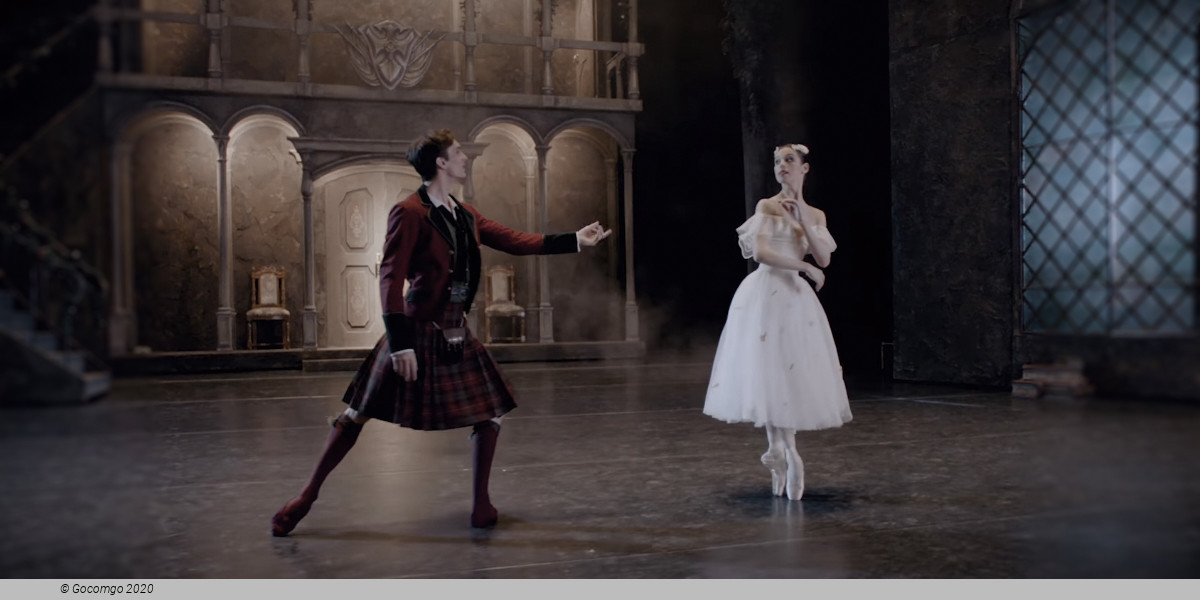
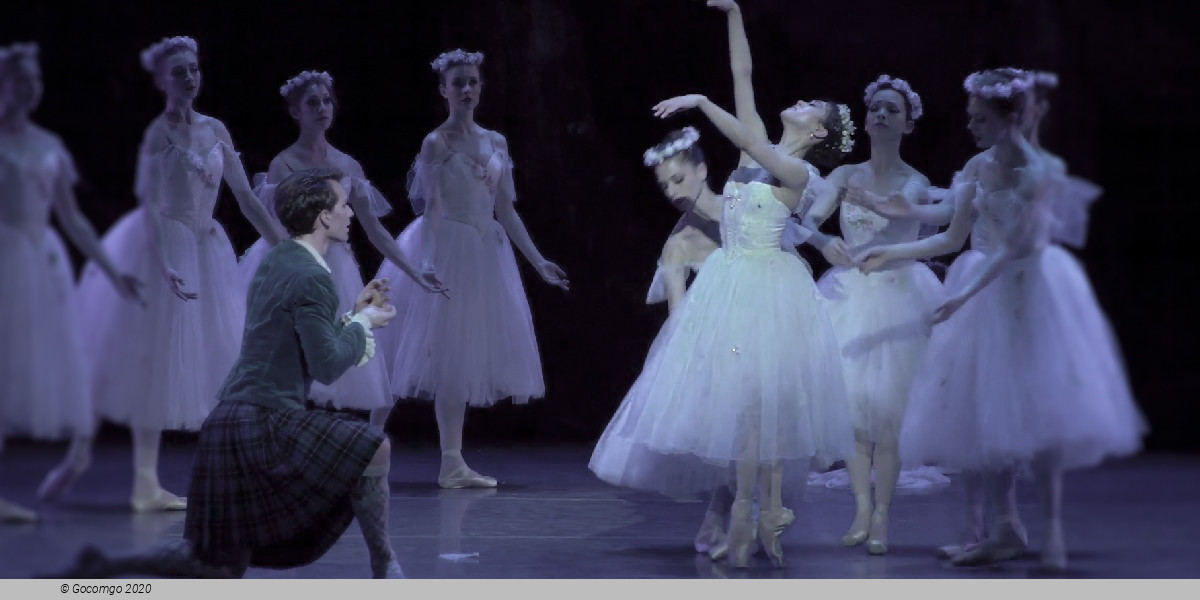
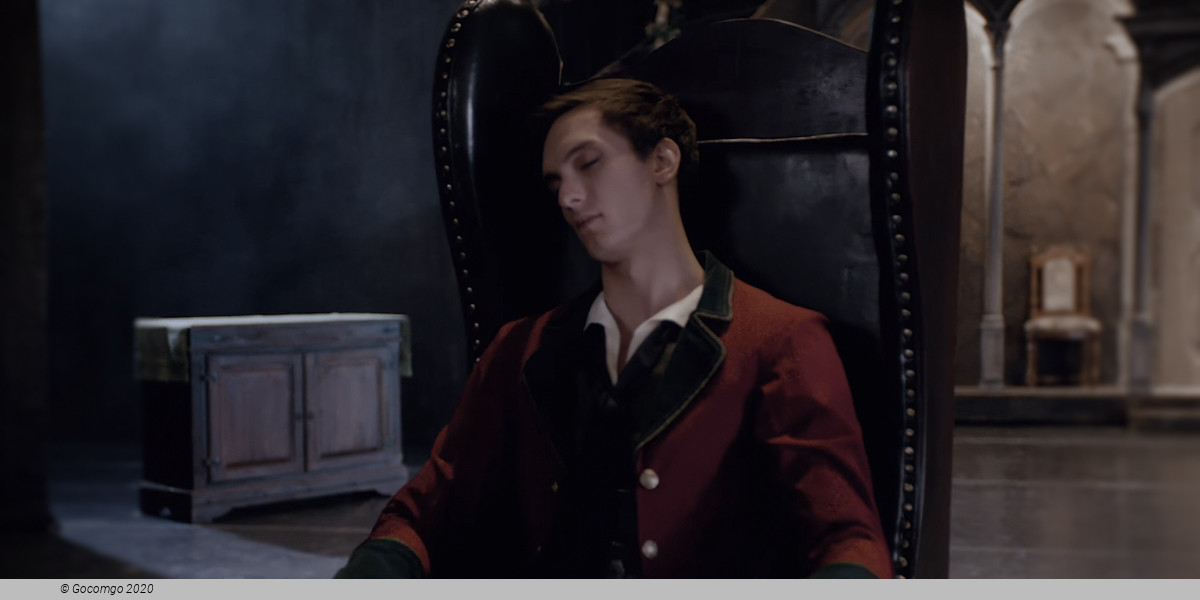


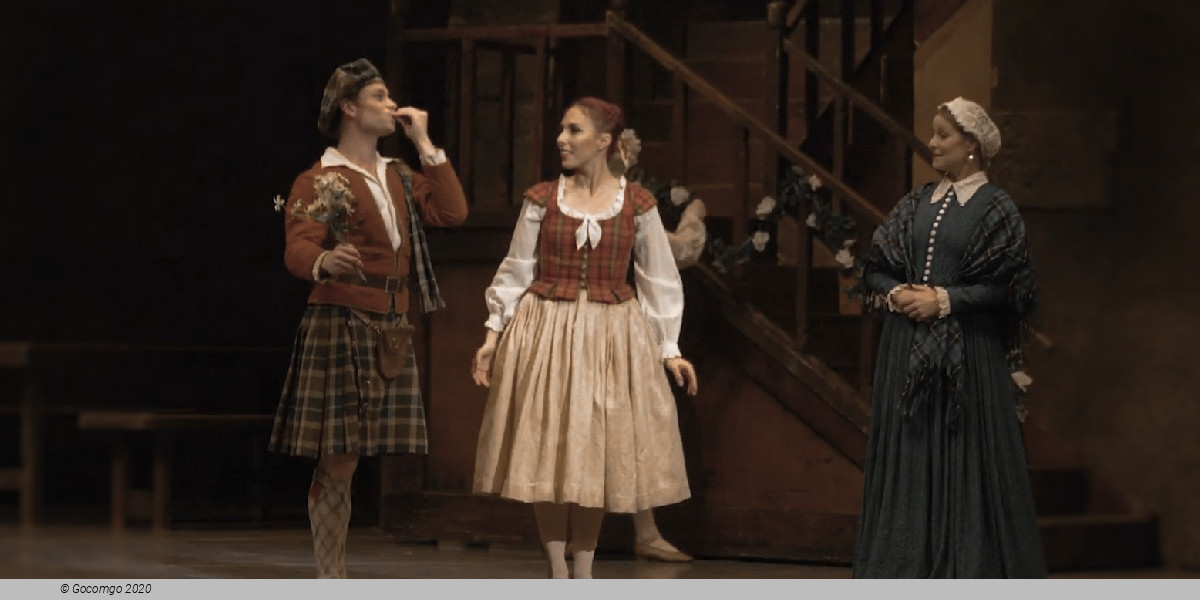
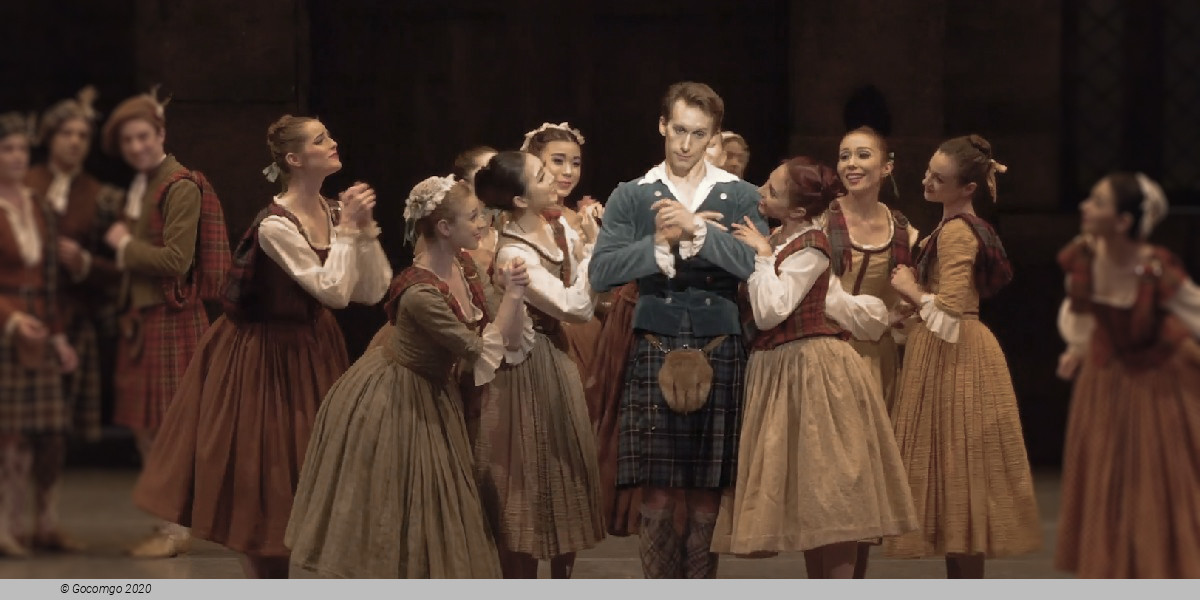
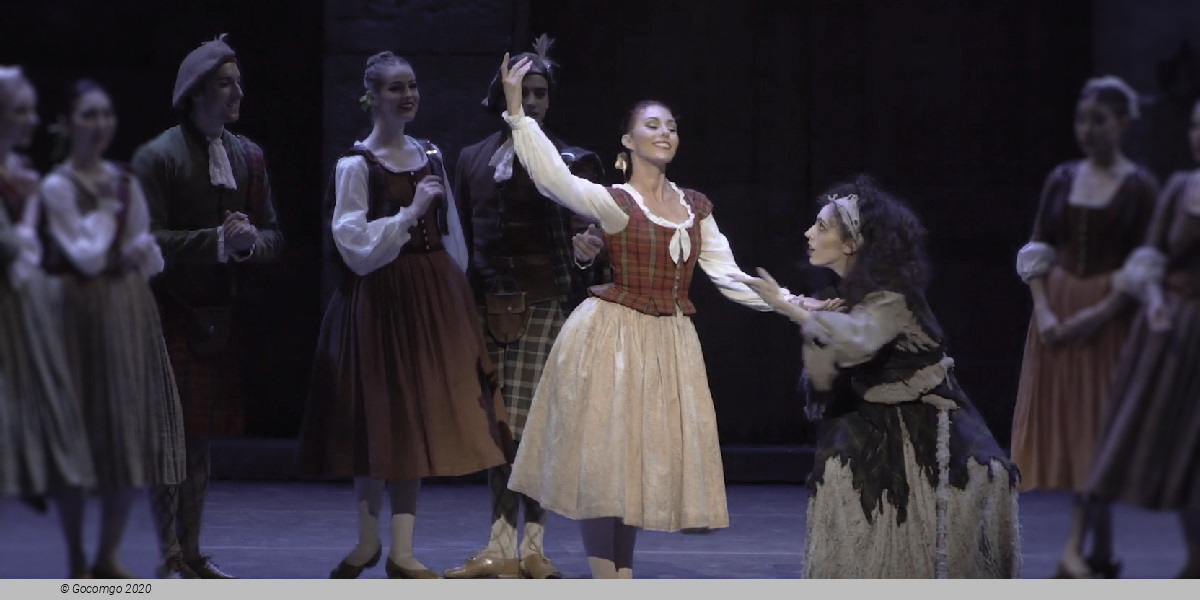

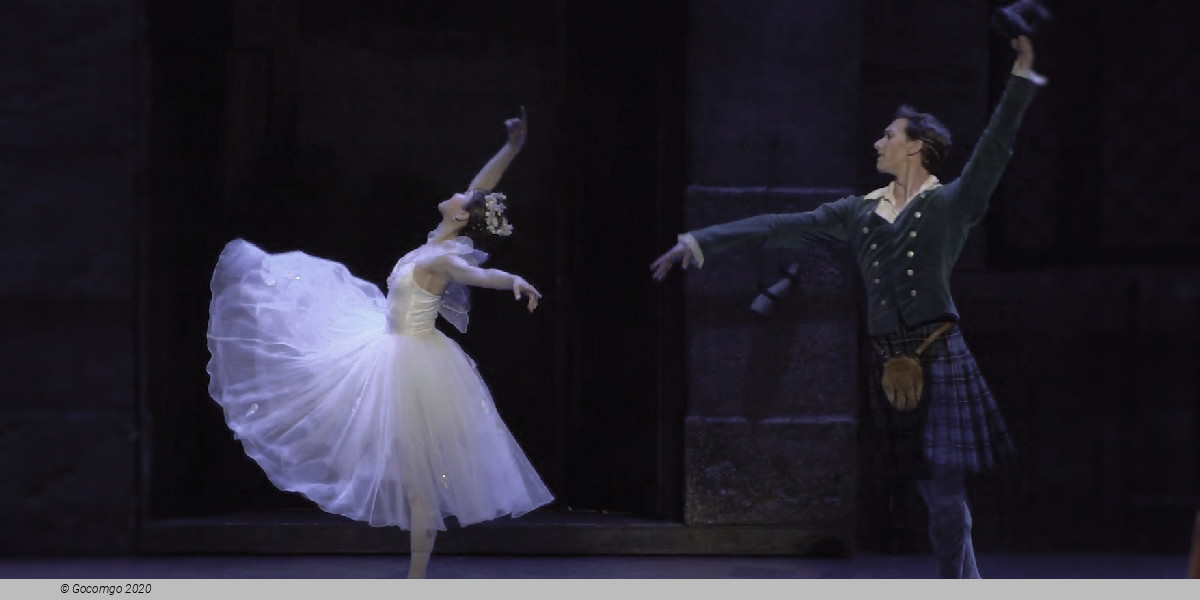
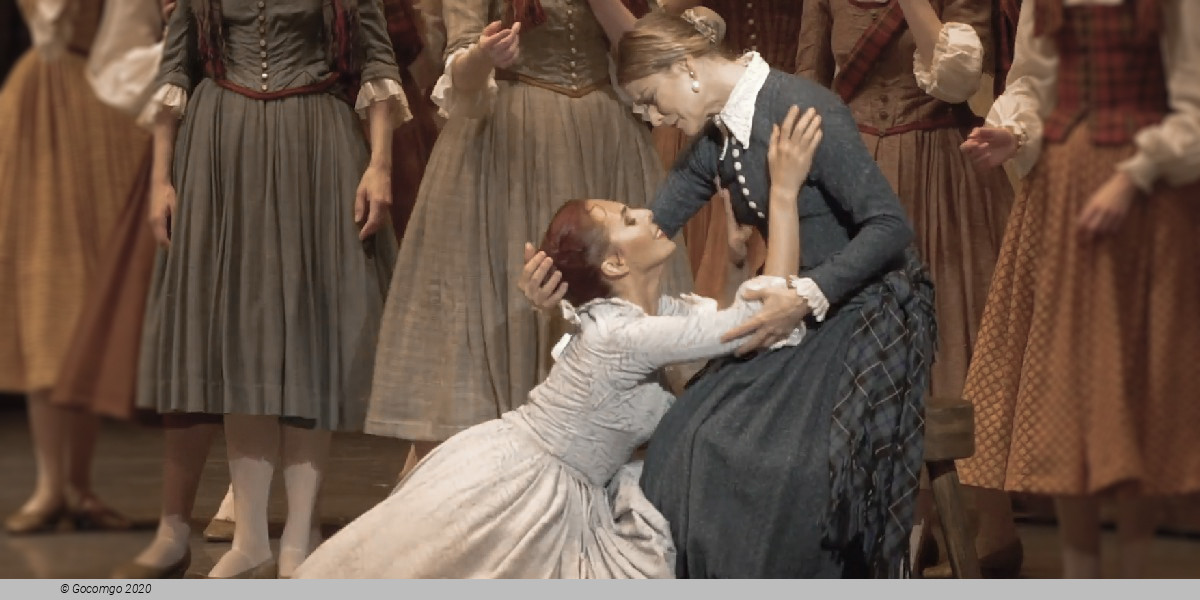
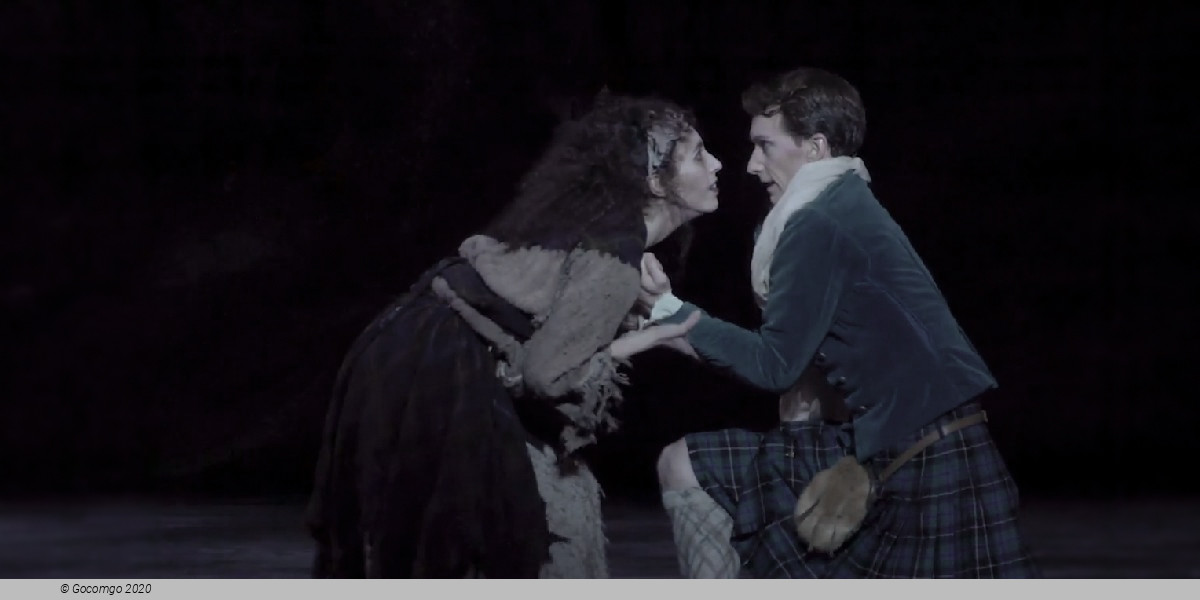
 Teatralnaya Square 1
Teatralnaya Square 1